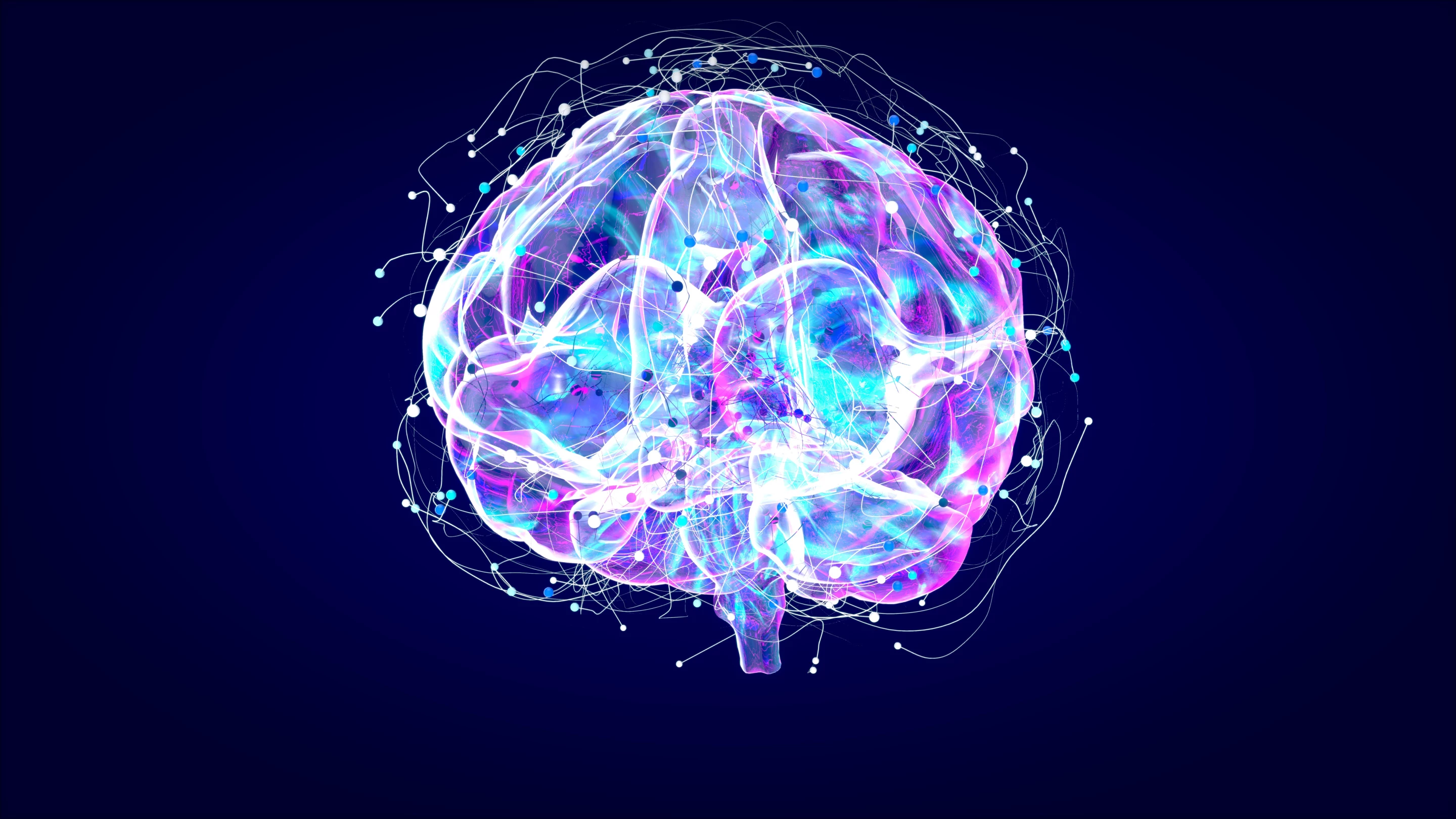The swelling that can occur in the brain is a common and dangerous outcome of stroke, with the expansion of the organ often putting pressure on critical structures of the organ that can prove fatal. Understanding the mechanics of this process, known as cerebral edema, is pivotal to improving treatment options for stroke patients and scientists at the University of Rochester are reporting a significant breakthrough, discovering how the brain's natural waste removal system can go rogue and essentially drown the organ in its own fluids.
Back in 2012, scientists at the University of Rochester discovered a previously unknown mechanism the brain uses to clear away waste called the glymphatic system. When we sleep, this trash removal unit kicks into action, pumping cerebral spinal fluid through the brain tissue to flush out toxic proteins and other unwanted items.
Subsequent research has implicated the glymphatic system in the onset of Alzheimer's and dementia, where disrupted sleep was linked with the accumulation of toxic proteins. One study from the same group of University of Rochester researchers found that low-level alcohol consumption actually enhanced the performance of the glymphatic system, while another found that sleeping on your side rather than your back or stomach can produce similar effects.
Now, the team has found what it says is the first evidence of the glymphatic system’s role in triggering cerebral edema. According to the team, it was previously thought that the culprit behind this swelling of the brain was fluid from the blood. But what the team found was that cerebrospinal fluid actually fills in some of the gaps created when the blood vessels become blocked.
The team observed this phenomenon in rodents through the use of magnetic resonance imaging and radio-labeled tracers. As the brain cells became impacted by the vessel blockage and are denied nutrients and oxygen, they release energy and create a domino effect of damaged cells, a spread called depolarization. Ultimately, this causes the muscle cells lining the vessel walls to seize up and stop blood flow, a process called spreading ischemia. What the scientists observed in the mice was that the cerebrospinal fluid is then free to flow into the vacuum, drowning already vulnerable brain cells and causing the organ to swell.
“When you force every single cell, which is essentially a battery, to release its charge it represents the single largest disruption of brain function you can achieve – you basically discharge the entire brain surface in one fell swoop,” said Humberto Mestre, lead author of the study. “The double hit of the spreading depolarization and the ischemia makes the blood vessels cramp, resulting in a level of constriction that is completely abnormal and creating conditions for CSF (cerebrospinal fluid) to rapidly flow into the brain.”
With this new understanding of cerebral edema comes hope of new treatments. The researchers see a number of new therapeutic targets that could slow or even halt the process. One possibility is that advanced drugs could be combined with existing ones to quickly restore blood flow to the brain. Another is that drugs could be used to block specific receptors on nerve cells to slow the spread of depolarization. Interestingly, the team genetically engineered mice to lack a key cerebrospinal fluid pathway in the brain, and in its experiments found that its flow slowed significantly.
“These findings show that the glymphatic system plays a central role in driving the acute tissue swelling in the brain after a stroke”, said Maiken Nedergaard, senior author of the article. “Understanding this dynamic – which is propelled by storms of electrical activity in the brain – points the way to potential new strategies that could improve stroke outcomes.”
The research was published in the journal Science, while you can see the process in action in the video below.
Source: University of Rochester




